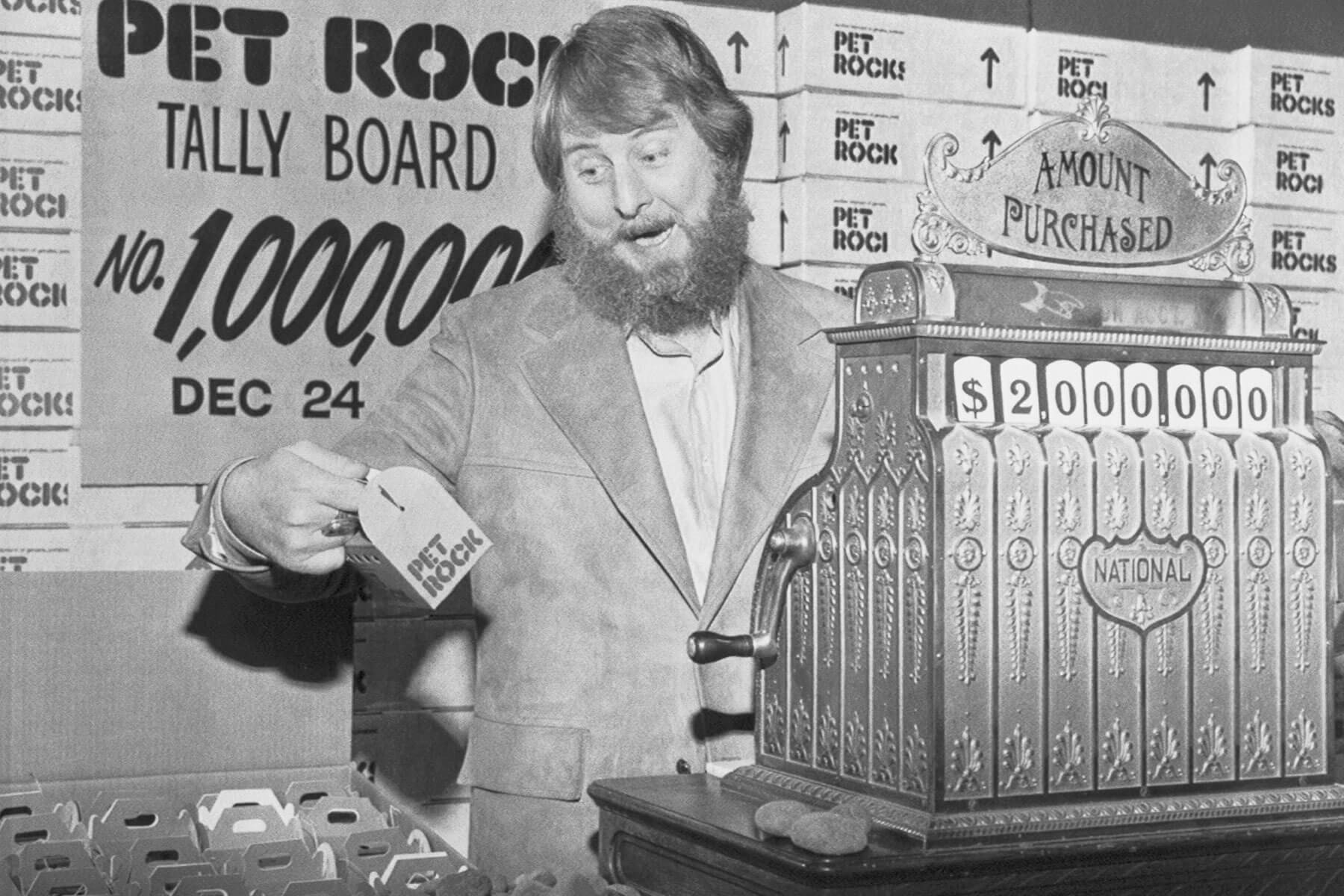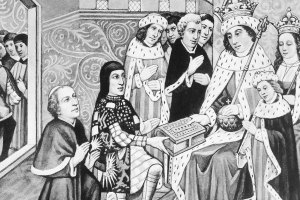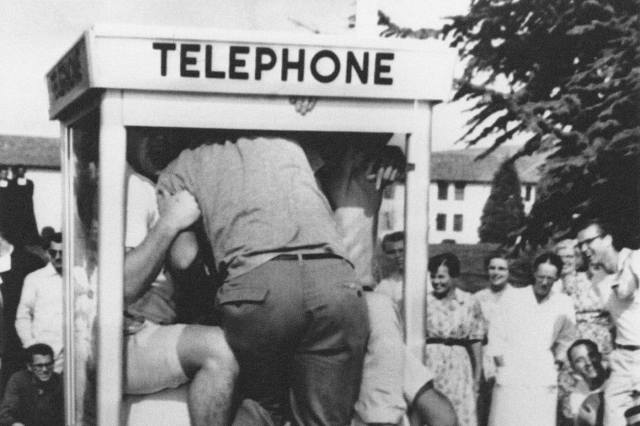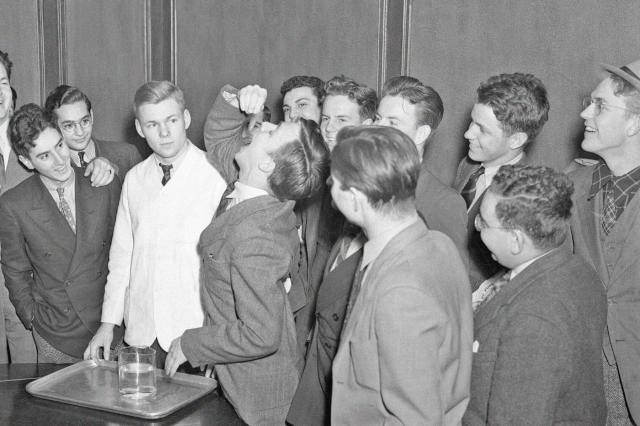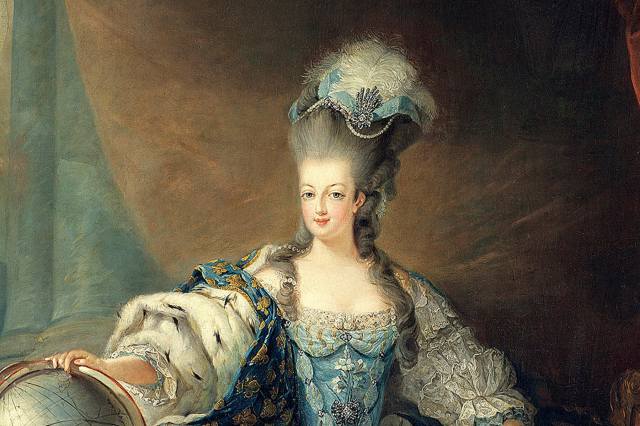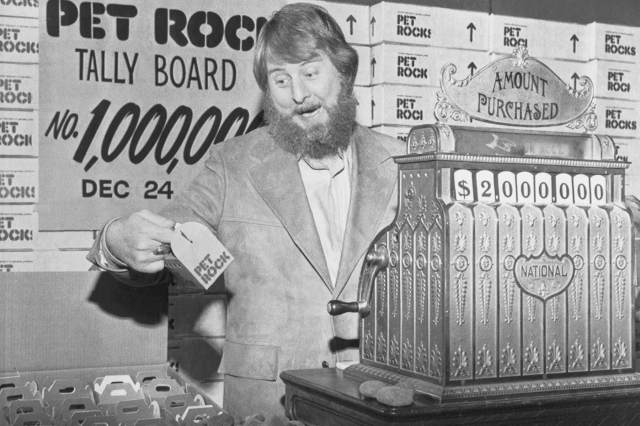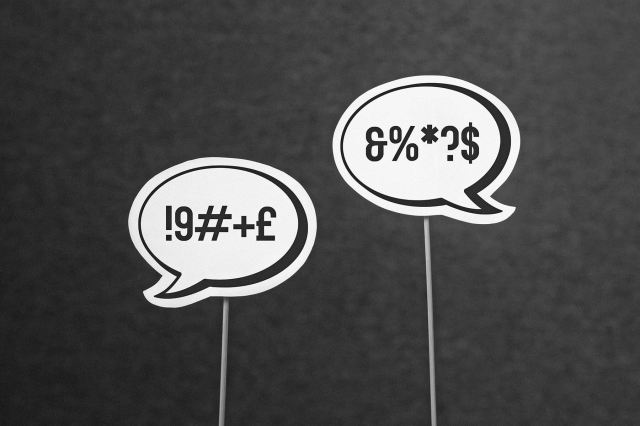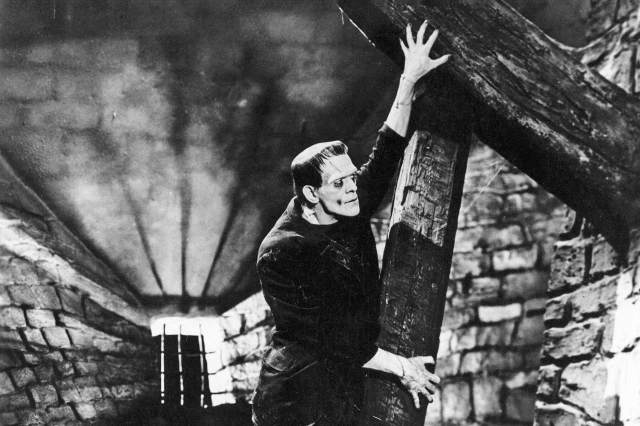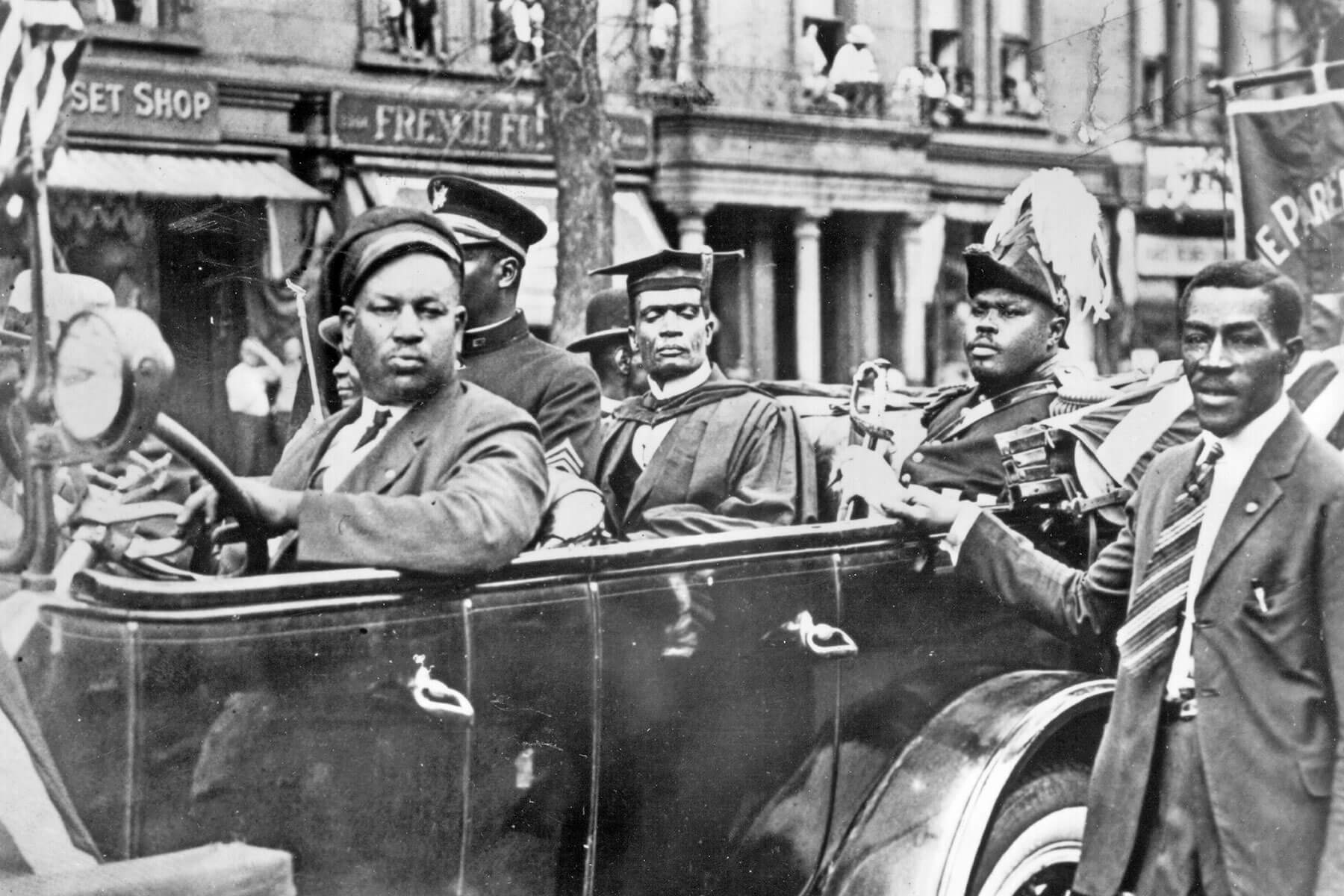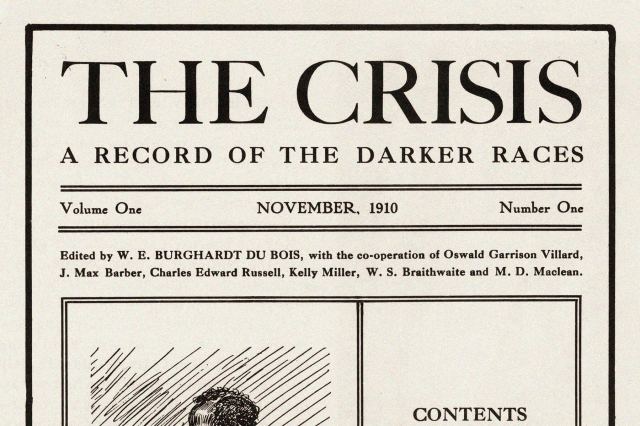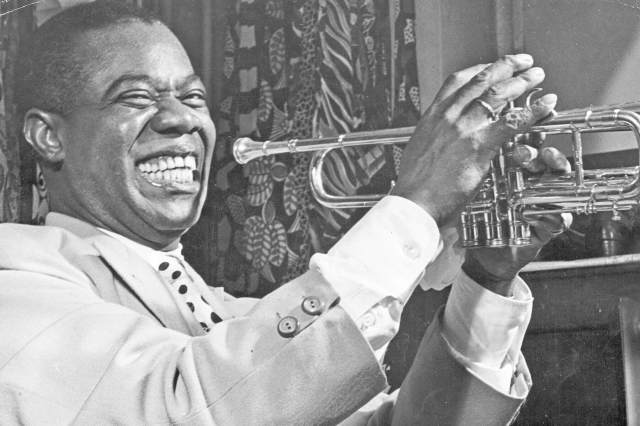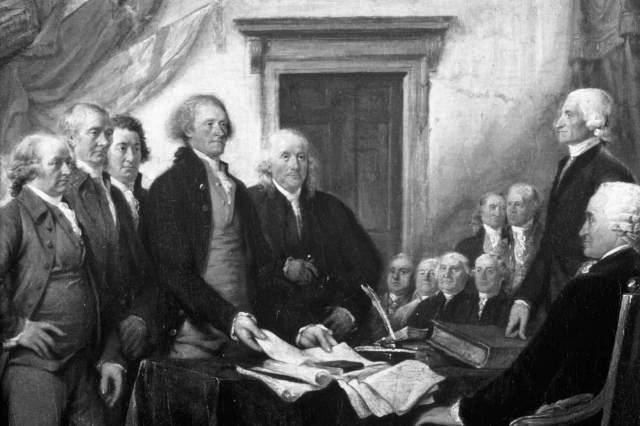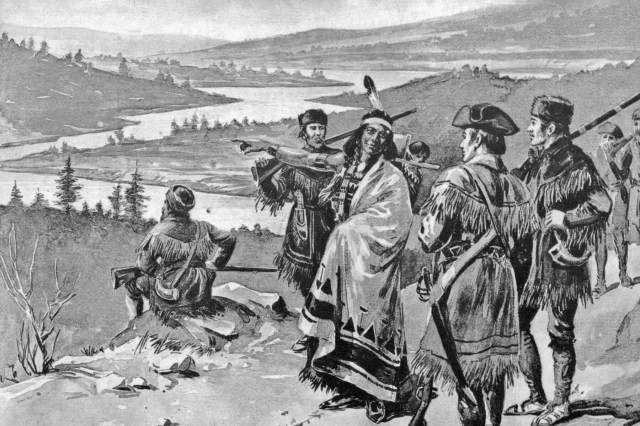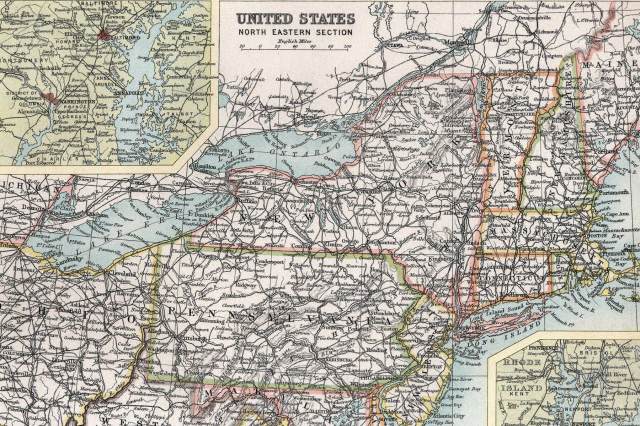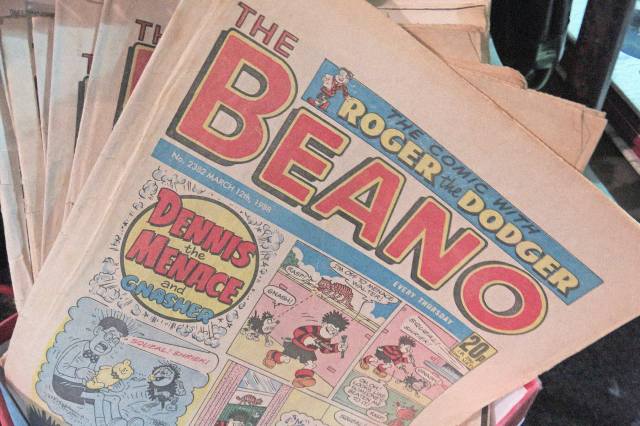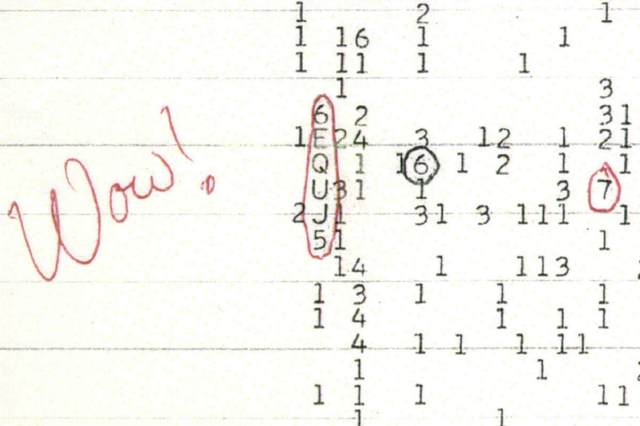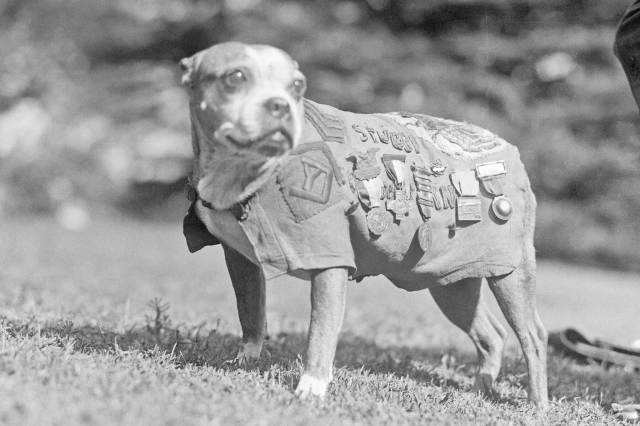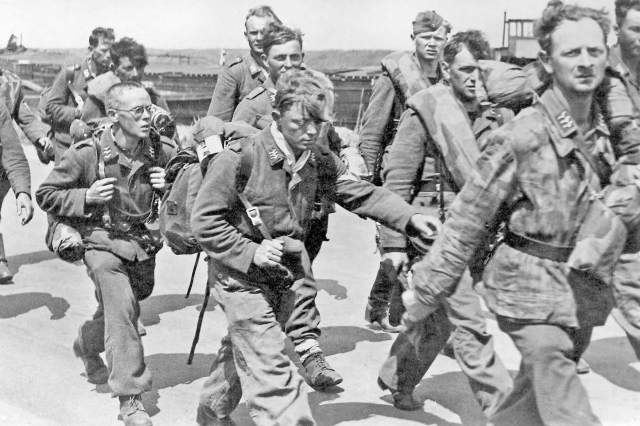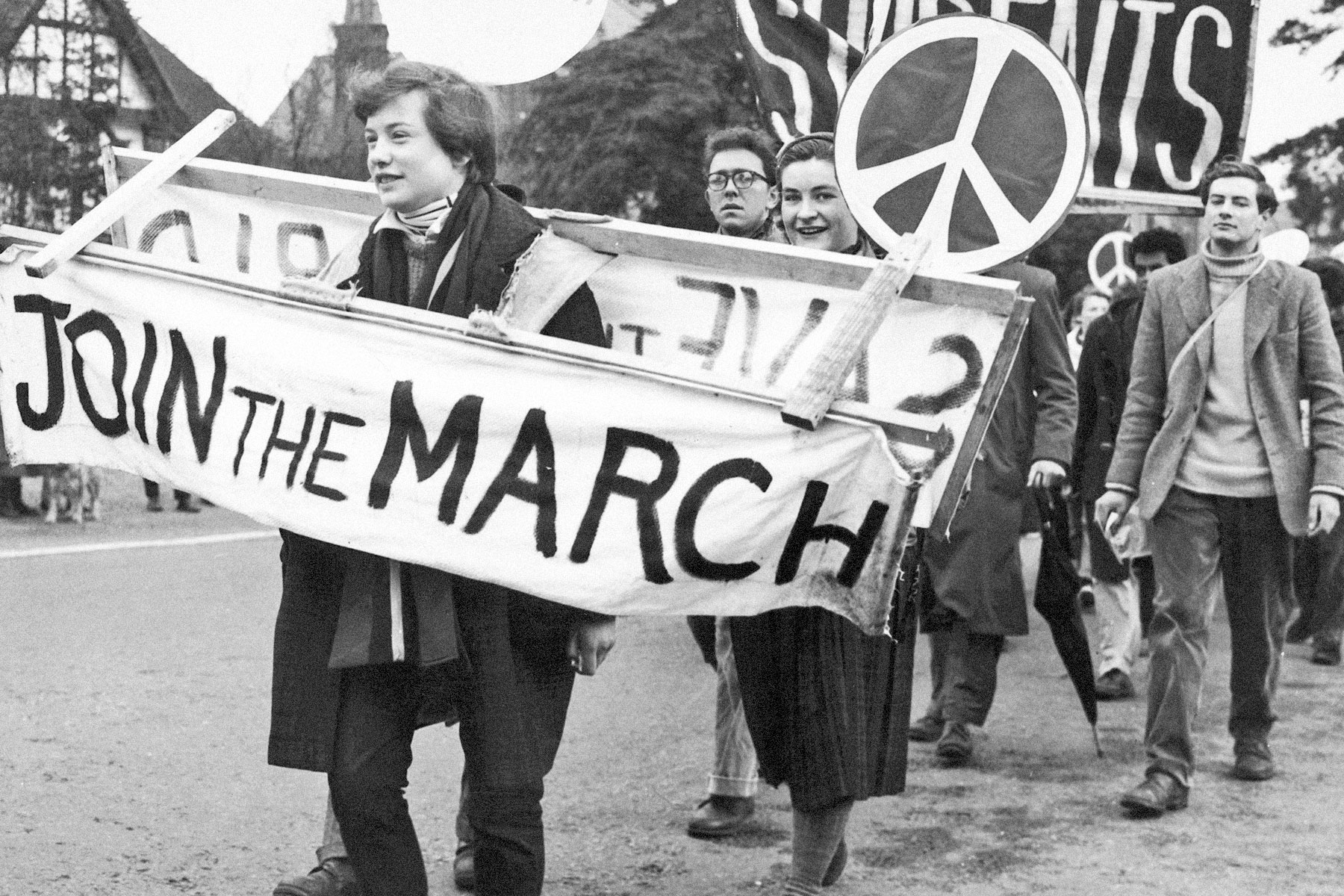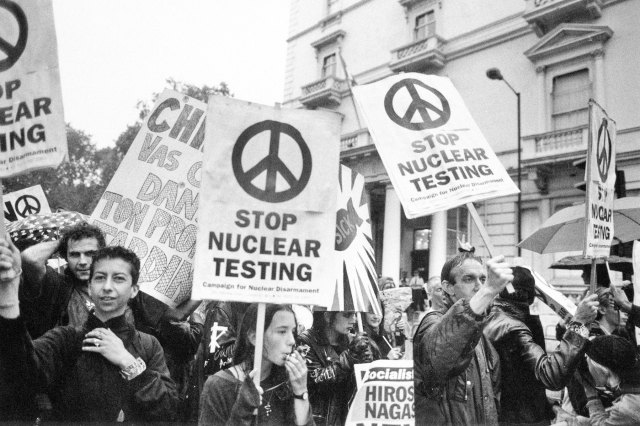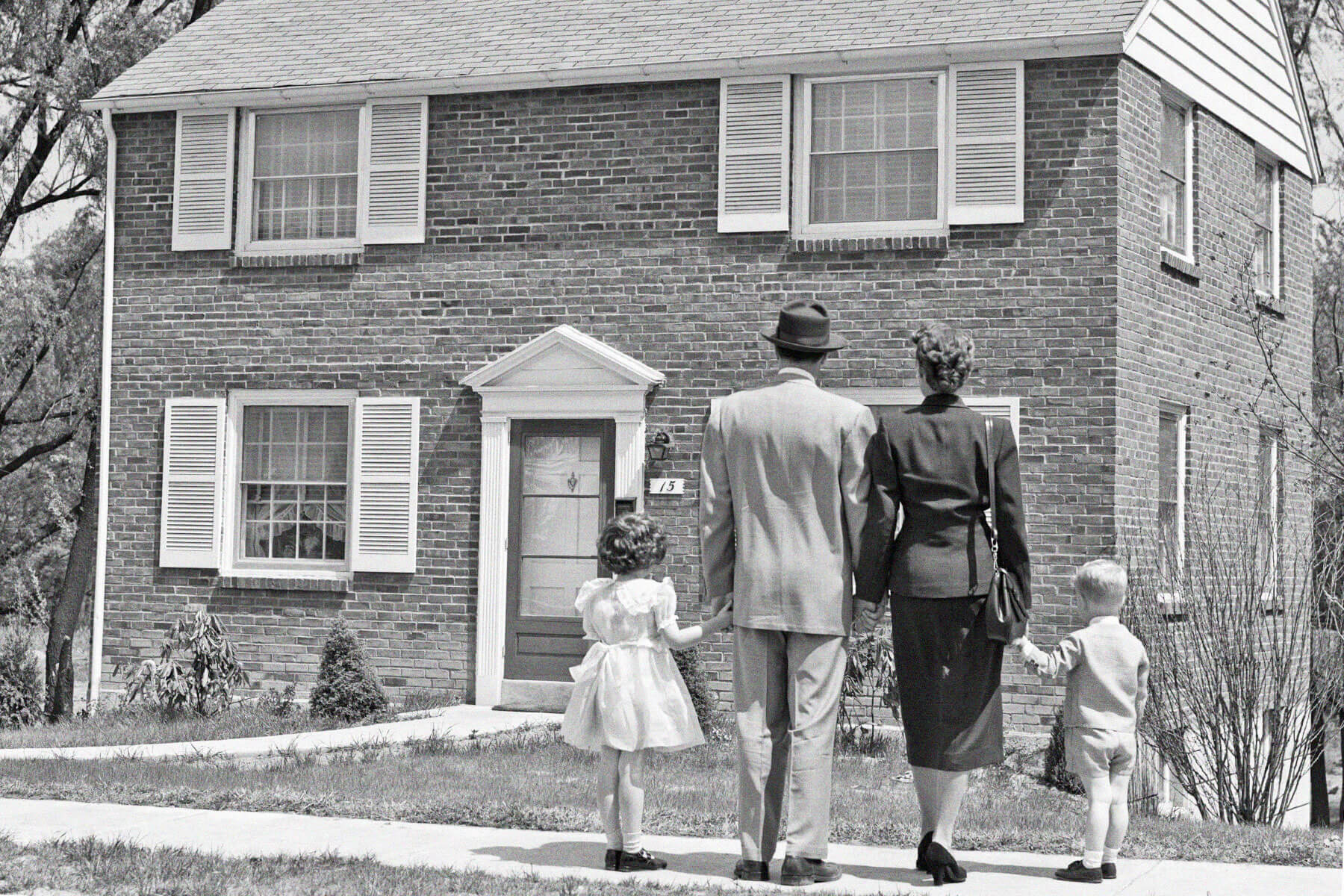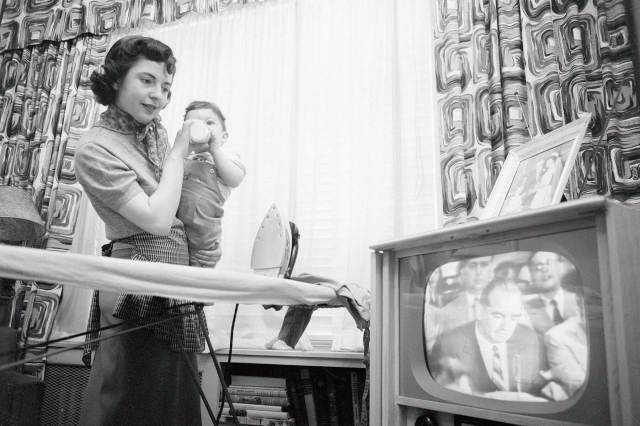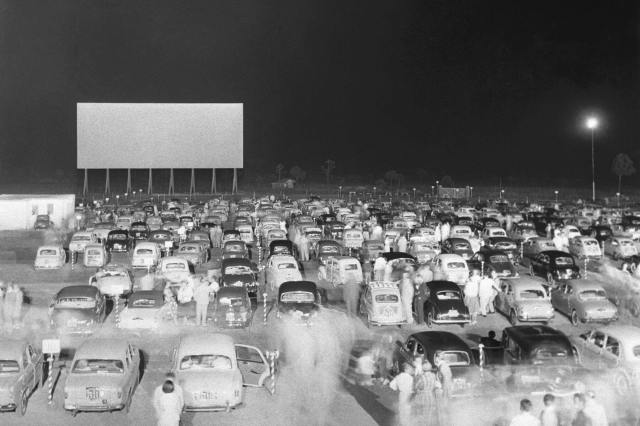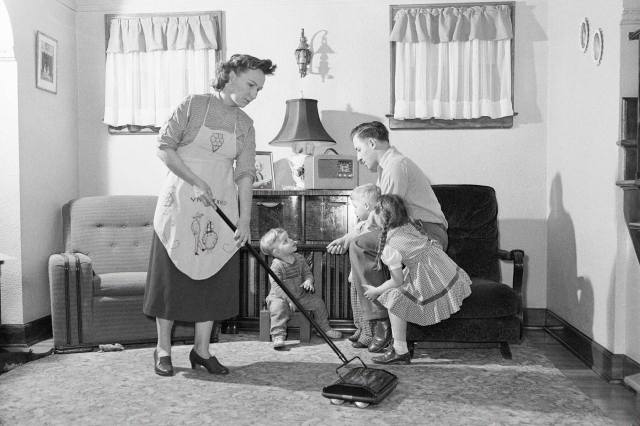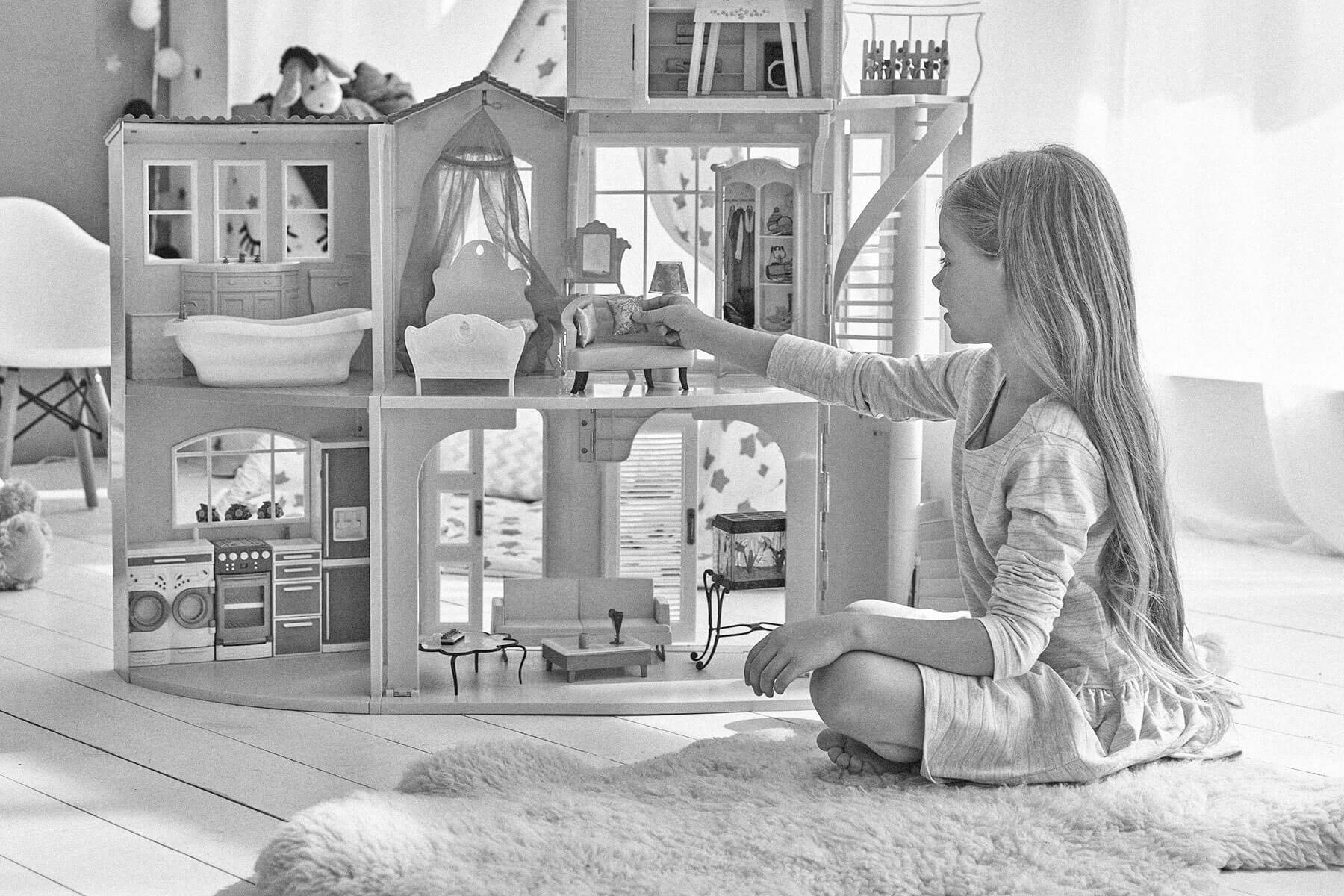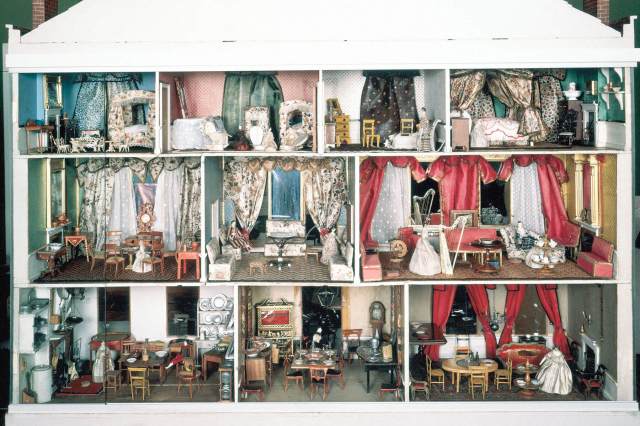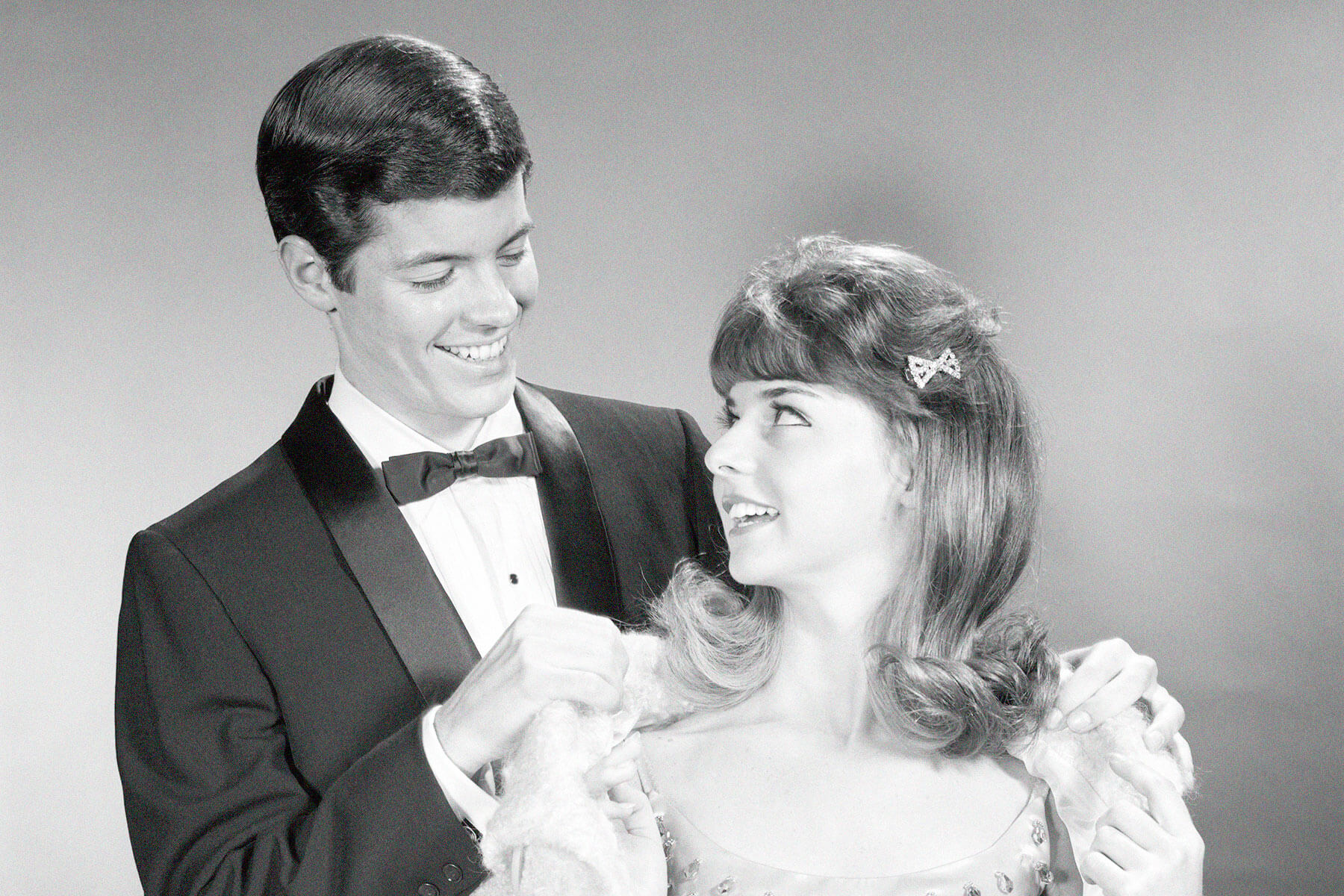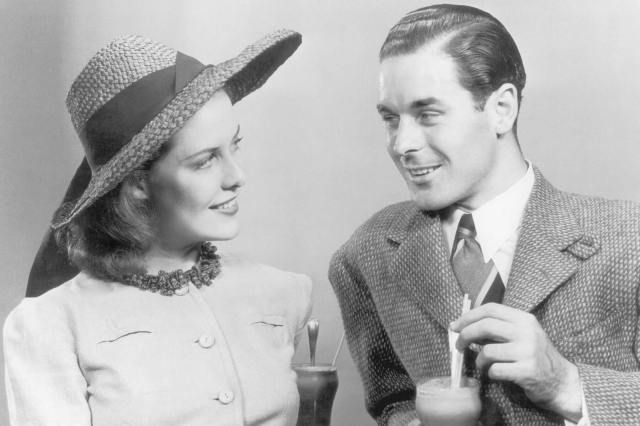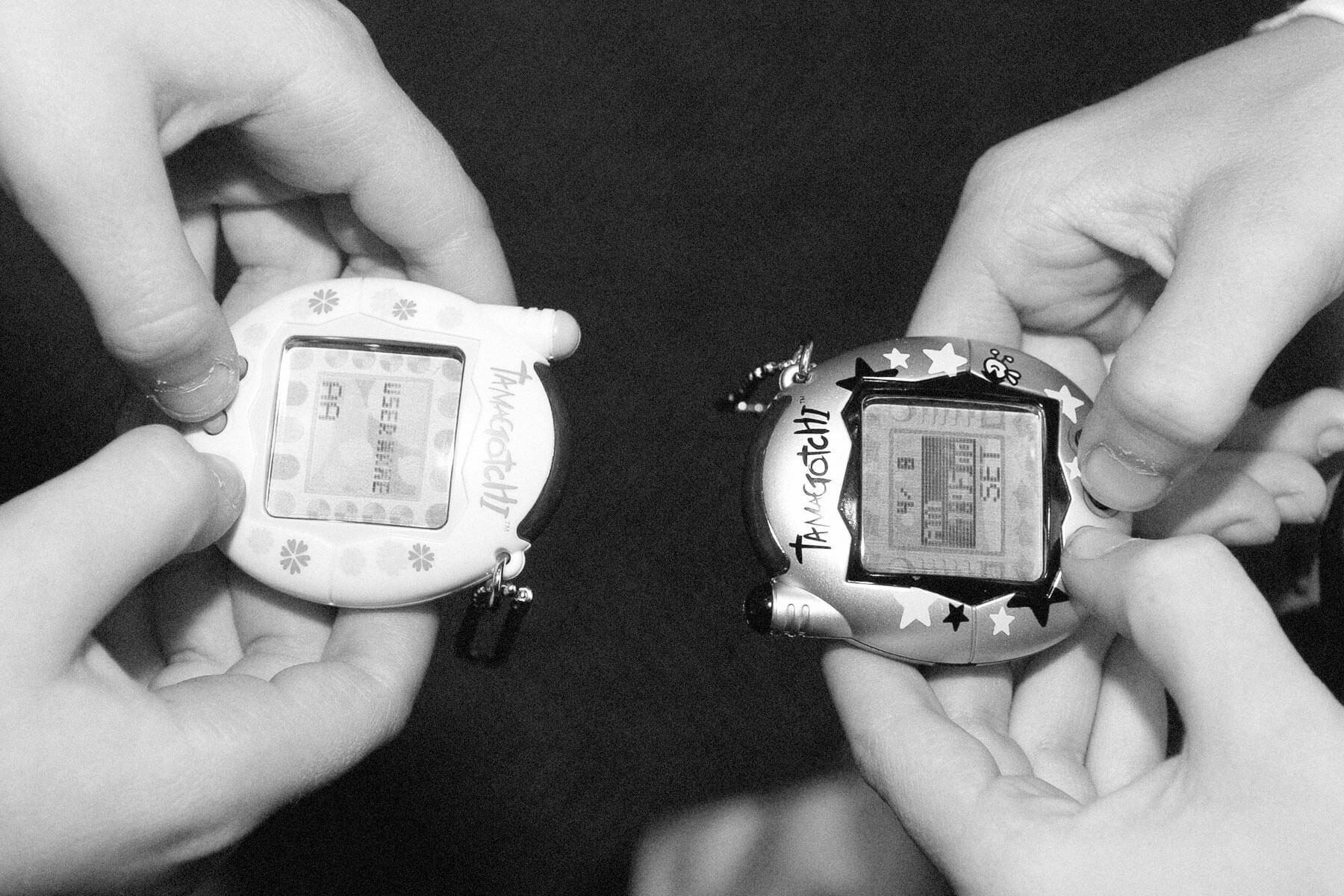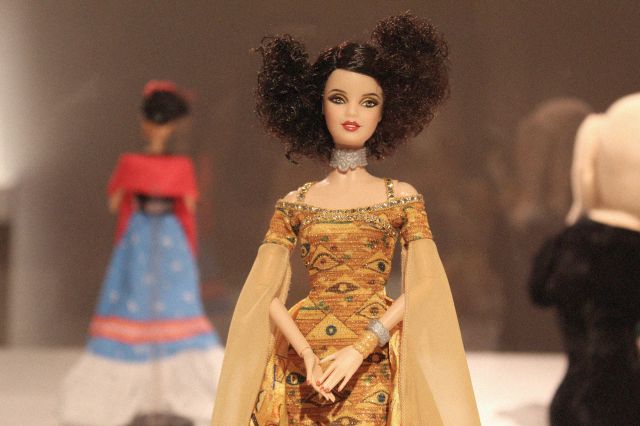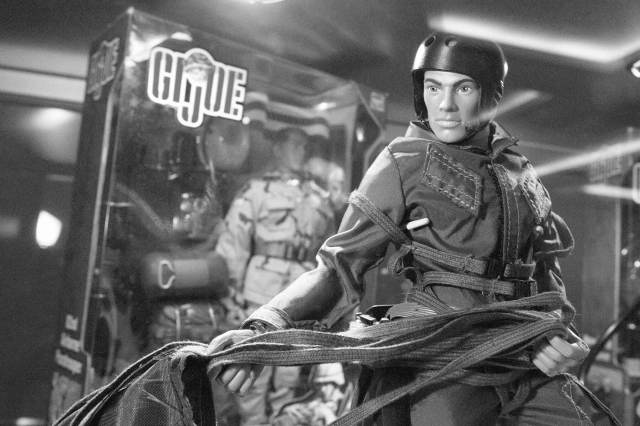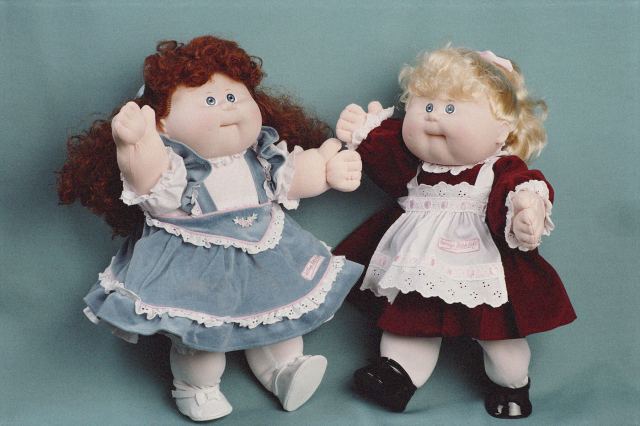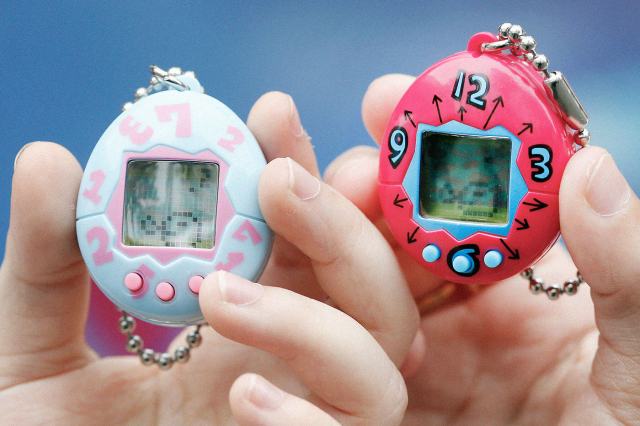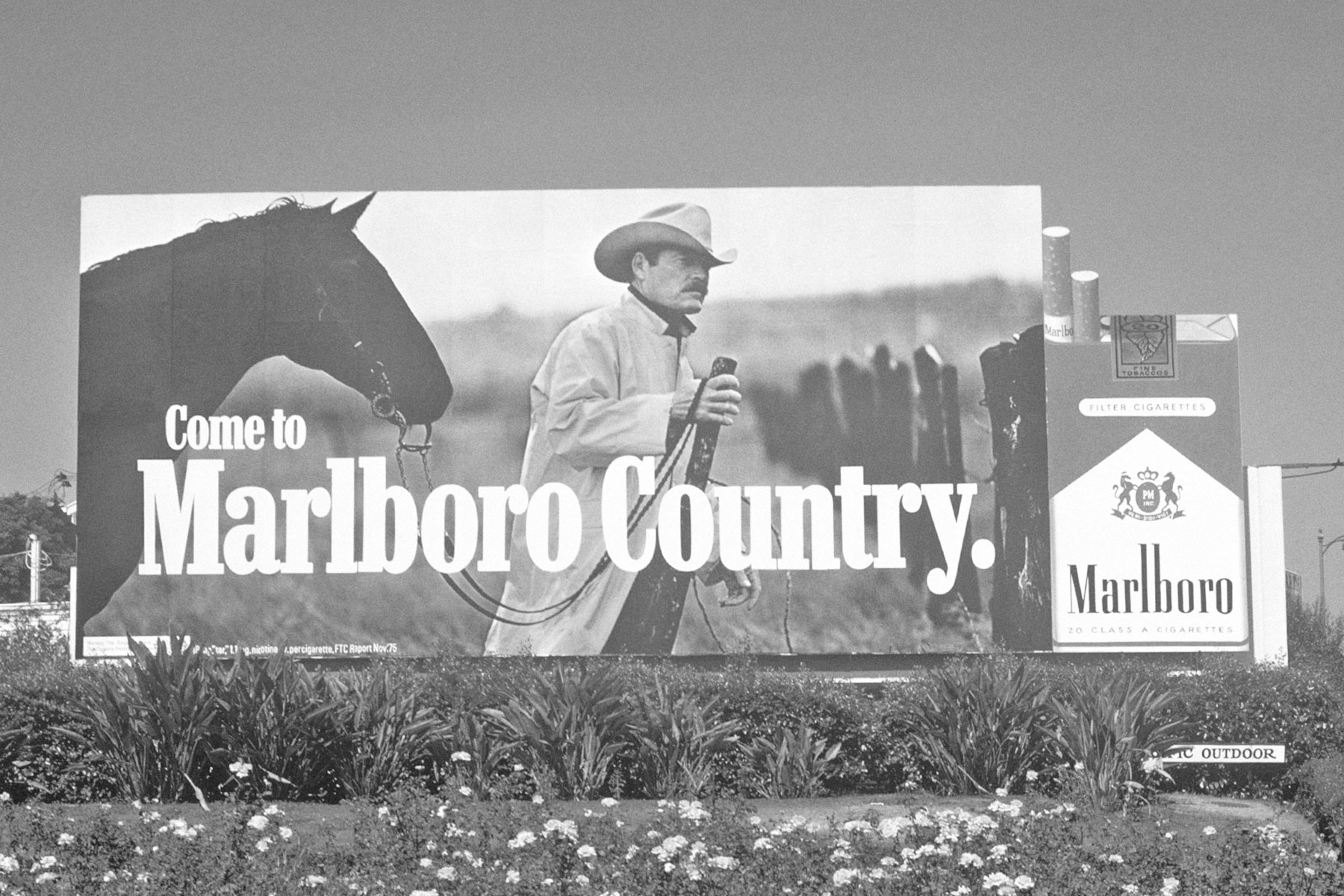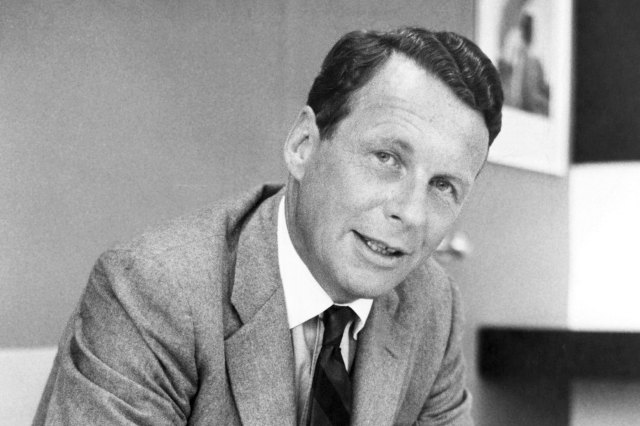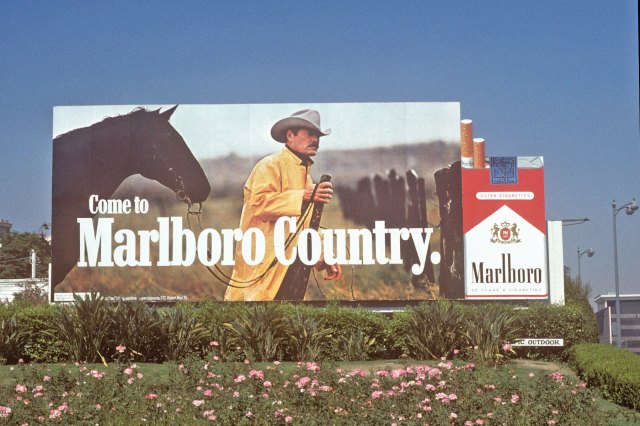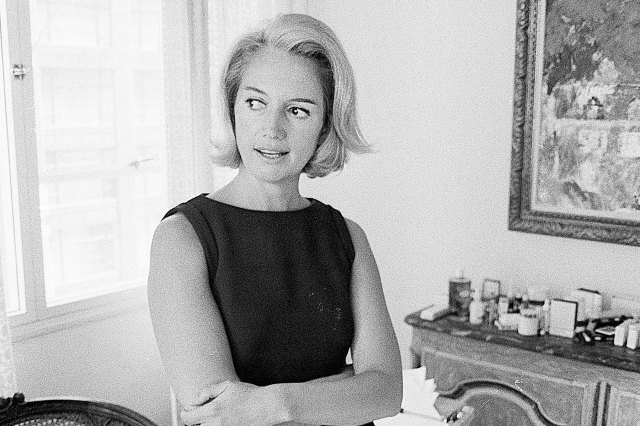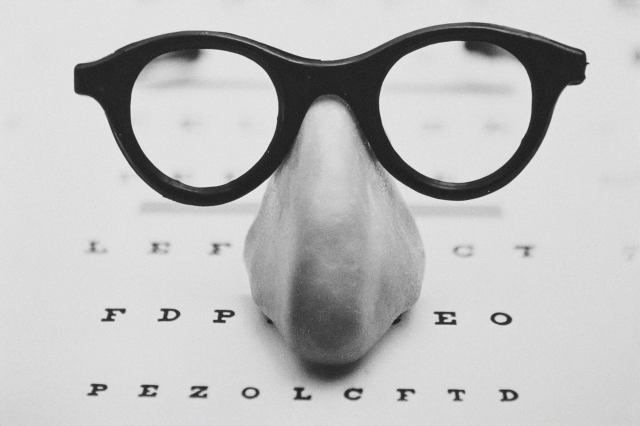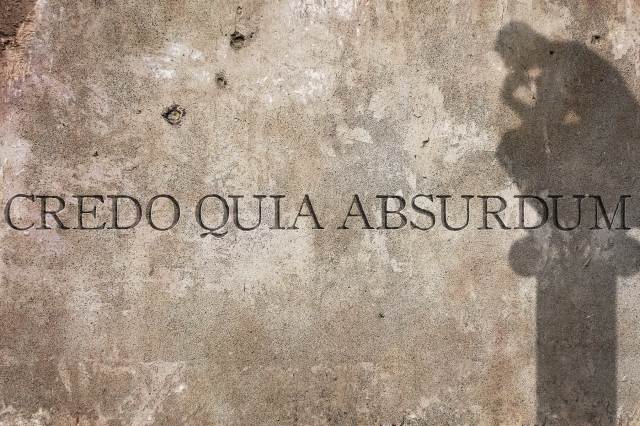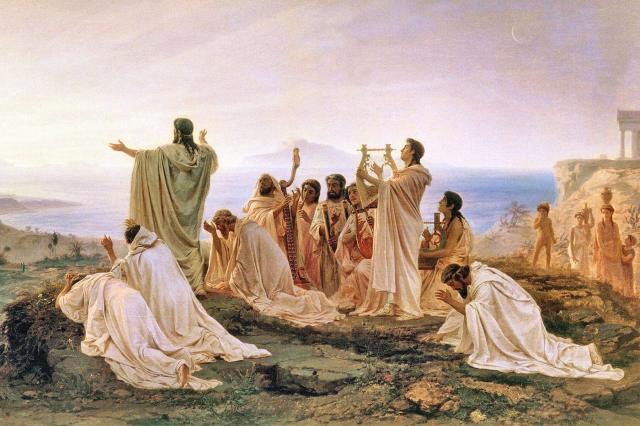The Strangest Fads Throughout History
The fad is perhaps the piece of cultural ephemera that most defies explanation. Fashion trends often have clear motivating factors: perhaps a celebrity sporting a certain style, or a TV character wearing a certain haircut that sparks imitation. Souvenirs and collectibles usually directly follow their origin: There’s no mystery where baseball cards came from, or vintage records, and so on. But a true fad — a popular behavior or interest practiced with enthusiasm that’s as strong as it is temporary — exists at the fleeting intersection of a cultural time, mood, and impulse, and some of these short-lived trends seem to outright defy logic.
While fads frequently do have a clear beginning moment (and sometimes even a person who can be named as their initiator), a precise ending moment is never as apparent; we can only know that a fad has ended retroactively, and estimate the point of its demise. And the further away we are from the time of a certain fad, the more inexplicable and strange it can seem. Let’s try to wrap our heads around some of the more bizarre fads of the past.
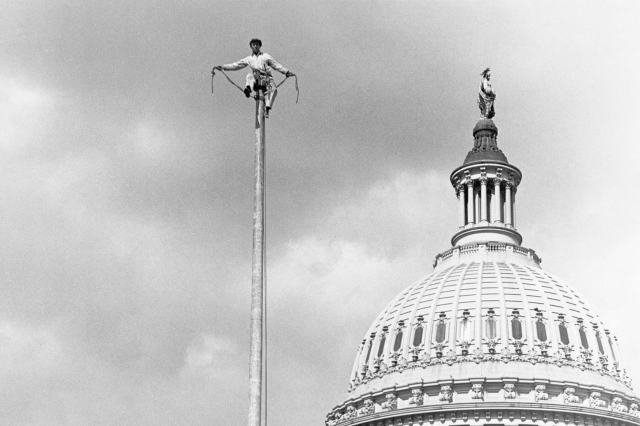
Flagpole Sitting
Flagpole sitting was one of the most logistically confusing fads of all time, as it involved remaining upon a flagpole for a marathon duration. The first instance of flagpole sitting was in January 1924, when former sailor and fledgling stunt performer Alvin “Shipwreck” Kelly was hired to perch atop a pole outside a Hollywood movie theater for as long as he could, in order to publicize an upcoming film. Kelly stayed aloft for 13 hours and 13 minutes.
The stunt attracted an impressed crowd and media attention, and Kelly was hired by other businesses to repeat his feat. As word spread, copycats emerged and sought to outdo each other in endurance. Kelly increased his time to eight days in 1927, but Los Angeles woman Bobbie Mack bested him when she spent 21 days atop a flagpole. Kelly then recaptured the record by enduring 49 days while being spurred on by a total of 20,000 onlookers, only for Bill Penfield of Iowa to break it again with a 51-day bout. By this point, flagpole sitters were fashioning some degree of shelter atop the pole where they could eat, sleep, and use the bathroom, in order to extend their stay.
The craze fizzled in the 1930s, but it never went away entirely. Later flagpole sitters such as Richard “Dixie” Blandy, Mauri Rose Kirby, and Peggy Townsend set new records in the ’50s and ’60s, and Blandy kept at the practice into the ’70s. The current record for flagpole sitting was set by H. David Werder in 1984, for a mind-boggling 439 days, 11 hours, and 6 minutes.





